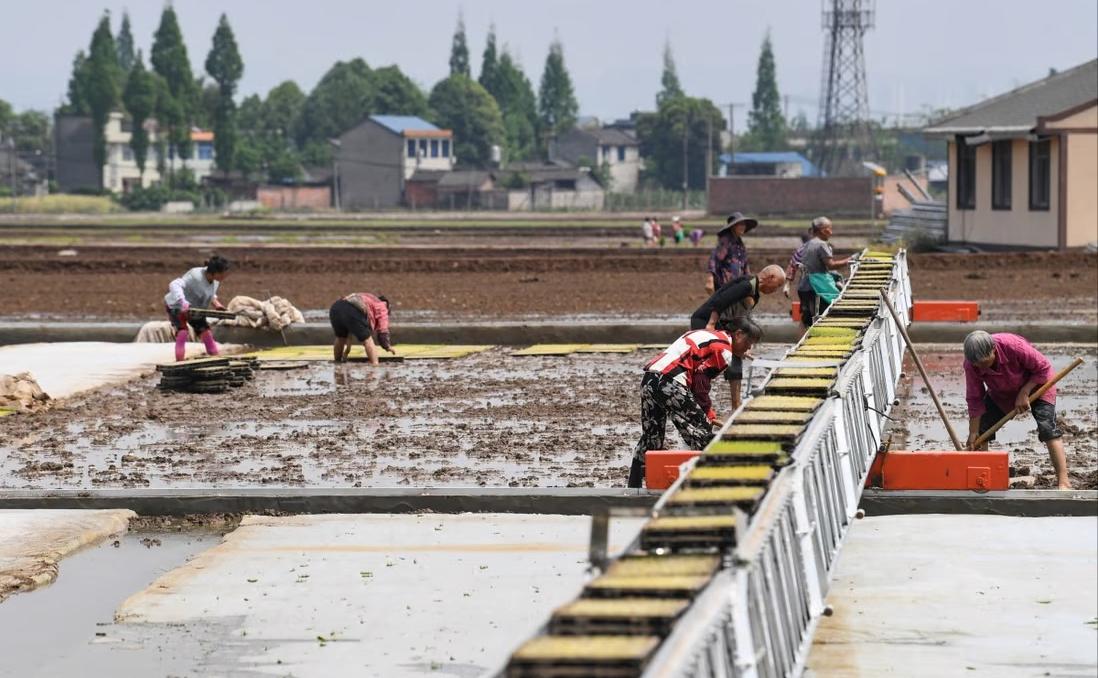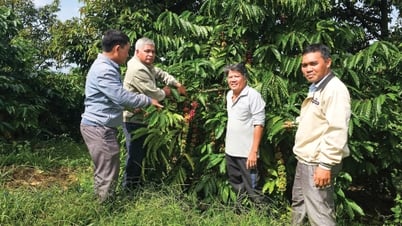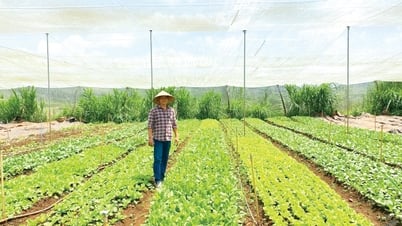China's Ministry of Agriculture and Rural Affairs' flagship agriculture outlook report for 2023-2032 sets a target of achieving 88.4% self-sufficiency in its grain within a decade from the current 82% - referring mainly to rice, wheat, corn and soybeans.

Photo: Xinhua News Agency
The country also plans to reduce grain imports to 122 million tons from 146.9 million tons last year, according to a report released by the Ministry of Agriculture’s outlook committee on Monday. “The foundation of grain security will be steadily strengthened,” the report said. “The structure of agricultural trade will change significantly, with grain imports expected to fall by 16 percent over the next 10 years.”
Chinese leaders have repeatedly called for ensuring that Chinese people “hold their own bowls.” President Xi Jinping also said late last year that the turmoil in global markets caused by the war in Ukraine had shown that agriculture was an “extremely important national security issue” amid economic competition with the United States and other global geopolitical uncertainties.
China is buying large amounts of US soybeans and corn under the phase one trade deal signed in early 2020. China is not currently struggling to become self-sufficient in grains, but it is still struggling to secure soybean supplies.
China became the largest market for U.S. agricultural products last year, with exports hitting a record high of $36.4 billion, including a record $16.4 billion worth of soybean shipments, according to a report released by the U.S. Department of Agriculture's Foreign Agricultural Service.
The report estimates that China's soybean imports could fall to 83.6 million tonnes by 2032, while corn imports will fall below 7 million tonnes from 20.6 million tonnes last year.
The flagship agriculture outlook report for 2023-2032 also outlines plans to increase rice exports by 24% over the next 10 years, which could impact countries like Thailand and Vietnam.
Meanwhile, China also plans to increase its self-sufficiency rate in oilseed crops – including soybeans, peanuts, rapeseed and sesame – from 32% this year to 43.8% by 2032. China has increased its self-sufficiency in seeds to 75% in the past three years.
China, the world's largest fruit consumer, also plans to further strengthen research on native tropical fruit varieties by introducing more Southeast Asian tropical varieties into domestic production, the report added.
Mai Anh (according to SCMP)
Source



























![[Photo] The 9th Congress of the Party Committee of the Office of the President, term 2025-2030](https://vphoto.vietnam.vn/thumb/1200x675/vietnam/resource/IMAGE/2025/6/20/78e7f27e8c4b4edc8859f09572409ad3)

























![[Maritime News] Wan Hai Lines invests $150 million to buy 48,000 containers](https://vphoto.vietnam.vn/thumb/402x226/vietnam/resource/IMAGE/2025/6/20/c945a62aff624b4bb5c25e67e9bcc1cb)










































Comment (0)